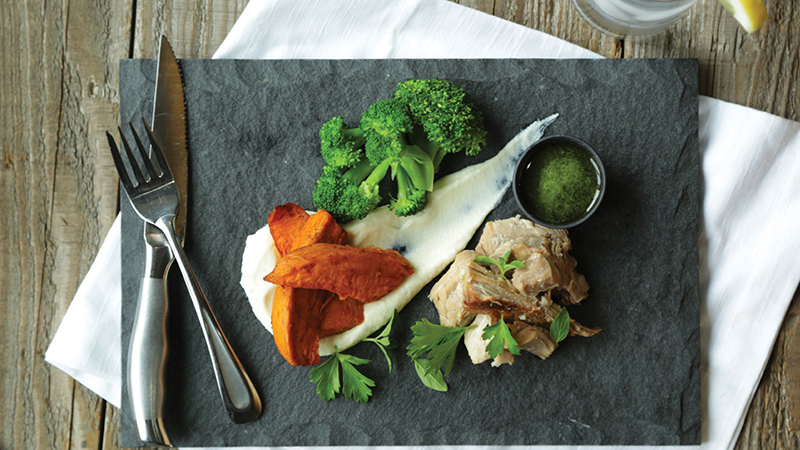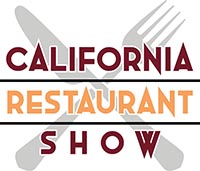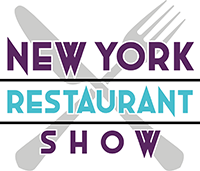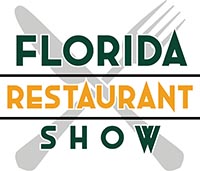
By Beckee Moreland, Beyond Celiac
What to consider to ensure you’re safely serving gluten-free food
Gluten-free food continues to grow in popularity, resulting in increased options for people living with celiac disease. While more options plus better-tasting varieties are welcomed by the gluten-free community, food safety—especially when eating outside the home—remains a top concern.
When clients hire a caterer for an event, they want the caterer to deal with all the details and the execution of the food. A caterer’s goal for any client is to make the process as easy and seamless as possible for clients as well as their guests, and that includes serving gluten-free options. Safely serving gluten-free dishes involves planning and forethought, however. Following are some considerations and pointers to take into account before offering gluten-free options to your clients.
It’s not just providing menu items that are gluten-free
People with celiac disease and gluten sensitivity need to be sure that the preparation, presentation and fulfillment of the food has been safe. There can be no cross-contact along the way.
Many times, an item is free of ingredients that contain gluten, but there could be cross-contact with an item that does contain gluten. Simply having a gluten-containing food or surface touch a gluten-free food is enough to harm a person with celiac disease. Even a speck of gluten as small as the size of a grain of sand can travel through utensils, cookware, prep tables, frying oil, etc., and get into food.
An action as seemingly minor as removing gluten-containing croutons from the top of a salad and serving it to a person with celiac disease is enough to cause a severe reaction and produce a variety of symptoms that can last for days to weeks. A person with celiac disease probably will not show symptoms immediately. Unlike food allergies, they won’t go into anaphylactic shock. Instead, their body will see gluten as a “foreign invader” and launch an autoimmune attack, which results in serious damage to the small intestine and other systems in the body. Incidents that launch this response are unfortunately all too common, but they can be avoided with proper training.
Begin by learning and training your staff on the gluten-free protocols
For foodservice professionals, Beyond Celiac offers GREAT Kitchens (Gluten-Free Resource Education Awareness Training), an excellent way to learn about all aspects of serving gluten-free food safely, plus gain accreditation for a catering business. All segments and employees of your company should learn the process, including your sales team—they are the first to interact with clients, and educating them may help to “seal the deal” when they can correctly respond to concerns from clients who need reassurance about the catering for gluten-free guests.
For example, Philadelphia’s Drexelbrook Catering & Special Event Center’s experienced team of creative chefs are all ServSafe certified and accredited by the Beyond Celiac GREAT Kitchens program for gluten-free cooking. They advertise this feature on their website and regularly promote having gluten-free options.
Establish set gluten-free menus
There are so many resources, cookbooks and famous chefs who cook gluten-free that you can provide a tremendous variety of new options. Creating easy, fresh recipes from naturally gluten-free foods like meat, poultry, fish, potatoes, rice, beans and legumes—and, of course, fresh vegetables and fruits—can be a great start. Or, begin with your regular menu options to review ingredients and replace with gluten-free products or ingredients. Make sure you have options for each course, including dessert and cocktail hour.

Make ingredient substitutions to expand your menu and decrease your workload
There is often extra work involved when changing up a menu to include a gluten-free version of a dish or making a special dish only targeted toward gluten-free diners. But, if you start with real, whole foods that already are free of any inflammatory or gluten-containing ingredients, this can be a big win/win. These substitutions are not only healthier and easier on the workload, but also tastier and please all types of palettes by using real ingredients that swap out the heavy stuff for high-quality, gluten-free, delicious options. Also, if you can adapt current recipes by substituting a few ingredients, you can eliminate extra work to make gluten-free versions of sauces, sides, salad dressings, soups and more. If they’re prepared without cross-contact, they can be used for all customers, including gluten-free diners.
Chef Josh Katt of Kitchfix in Chicago, a GREAT Kitchens accredited caterer, creates compelling and unique menus by using top-quality produce, pasture-raised meats and organic grains. “For example, we replace cheap, filler foods like normal pasta with higher-quality alternatives like sweet potatoes, which are free of gluten and packed with nutrients,” he says. “It’s the little healthy tweaks like this that make a huge difference in quality and keep everyone happy.”
Make it portable
Consider purchasing a dedicated equipment kit just for gluten-free/allergen-free requests. If catering jobs take you on location or to clients’ homes, this kit is essential. It includes color-coded cutting boards, knives, utensils, etc., which are dedicated solely to making gluten-free options on the fly. The contents are reusable, and can be easily cleaned and returned for storage.
Be inclusive
From the beginning of the event to the end, think about how to make your gluten-free guests feel included and confident in your abilities to keep them safe. GREAT Kitchens training can help, but stepping up the details will give you an edge, too.
“The availability of gluten-free products is spilling into foodservice,” says Chef Denise SanFilippo, a GREAT Kitchens affiliate, and senior sales associate and gluten-free consultant for Gourmet 45 in Chicago. She was diagnosed with celiac disease in 2007.
“Accessibility of gluten-free offerings is a very important factor that contributes to an improved quality of life for those with celiac disease and gluten sensitivity, but training and education are essential ingredients to any gluten-free menu,” she says.
Communicate with your clients on how guests can be identified and how the gluten-free options are identified. Be discreet, but complete, in communicating how they can help you help them have a wonderful, safe experience. l
About the Author
Beckee Moreland, director of GREAT Kitchens, is a recognized gluten-free market expert with Beyond Celiac, and has worked as a gluten-free consultant for companies in the food industry since 2008. She currently manages the Beyond Celiac Gluten-Free Resource Education and Awareness Training (GREAT) foodservice programs, which are ADA- and ACF-accredited training programs for foodservice professionals and dietitians. For more information, visit greatgfkitchens.org and beyondceliac.org.










